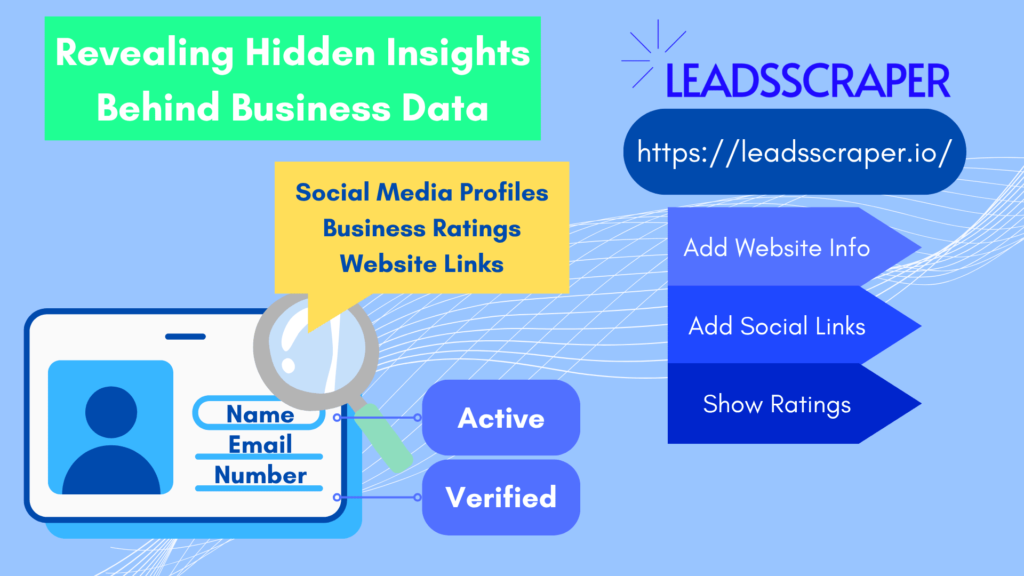Google Maps is great for finding businesses, but it usually only gives you the basics: name, address, phone, and maybe a website. It doesn’t give you verified emails, decision-maker contacts, or details like industry, company size, or tech stack. Those are the details that help you run targeted outreach and get better results.


